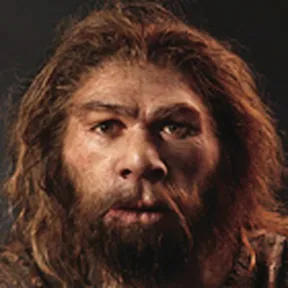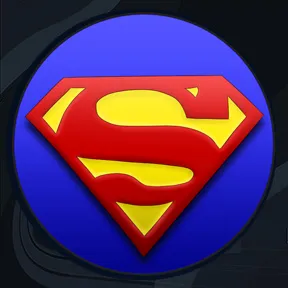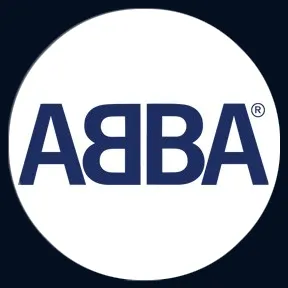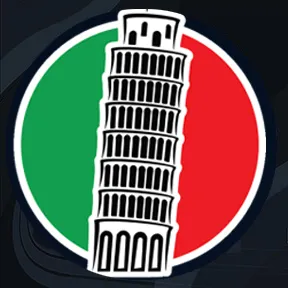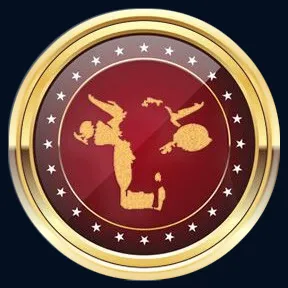The Evolution of the Iron Age: A Timeline 1200 to 500 B.C.
As the world left the Bronze Age and developed a wider understanding of the intricacies and benefits of metal, more and more materials were harnessed. This led to bursts of technological advancement across the world, of which one metal in particular - iron - played a huge part.
The Iron Age was the last of the metal ages, following the ages of both Copper and Bronze, and represents a time where many cultures had long left behind the basic tools of the stone age.
As it took place with both the preceding ages, different regions of the world entered the Iron Age at various times in history. Technology spread to different parts of the world, or was independently developed, at various times, with more isolated regions taking longer to enter the Iron Age.
The Iron Age was a phase in the Earth's history of more advancements in civilisation, seeing more and more early nations crop up across the world. Metal became widespread amongst the peoples who had managed to harness it, and this led to technological advancements completely new to the ancient world. Join us as we travel back in time to the Iron Age, to meet its most prominent peoples, technologies and events.
00:00 - Introduction
01:29 - Characteristics Of The Iron Age
04:06 - Asia
10:26 - Europe
14:23 - Africa
16:16 - Outro

